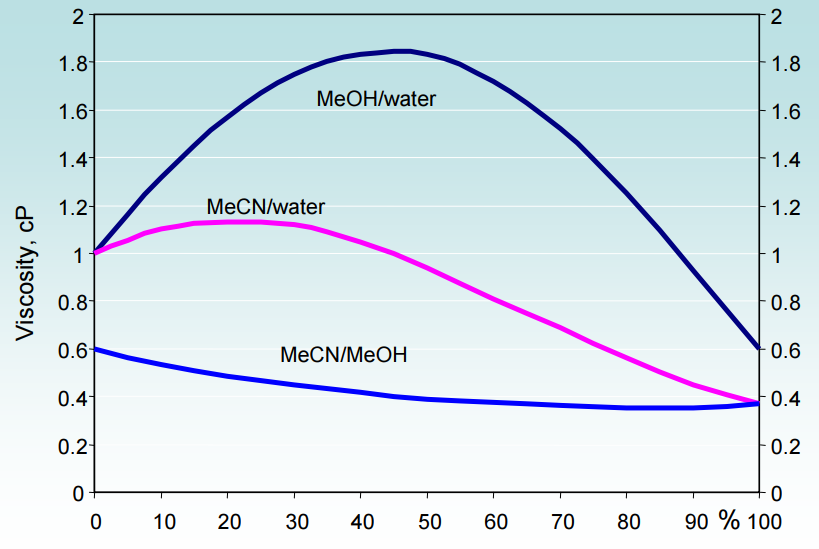

The values for L and H are found in lookup tables. Where U is the viscosity of the liquid being measured at 40☌, L is the viscosity of a hypothetical liquid with a VI of 0 at 40☌, and H is the viscosity of a hypothetical liquid with a VI of 100 at 40☌, both of which have the same viscosity as the liquid being tested at 100☌. Using a viscometer, it is possible to establish the VI of a liquid, thereby determining if it has low viscosity with the following equation: While some viscometers are used in laboratory settings for precise measurement and analysis, many devices are employed in practical engineering to determine the viscosity of liquids in specific applications. Through refinement and new technologies, the accuracy of viscometers has been improved. Some viscometers measure how long it takes for a known volume of a liquid to flow from one point to another, while others measure how quickly an object moves through a liquid. Although there are many types of viscometers, the basic principle of all types measures the flow rate of a liquid. Viscosity is measured using a device called a viscometer. As the heat increases during operation, the viscosity of the liquid will decrease, which will lead to it functioning differently. Many engineering applications involve heat, and in these applications the viscosity of a liquid is very important to understand. For example, cooking oil, although rather inviscid at room temperature, becomes even less viscous when it is heated in a pan. Many liquids exhibit low viscosity at room temperature, such as water or alcohol, and other liquids demonstrate low viscosity under increasing heat. Low viscosity in liquids is the result of temperature, with higher temperatures decreasing viscosity. Based on the application, an engineer can determine just what is considered “low viscosity” when choosing a liquid. As a result, a liquid may be considered to have high viscosity in one application, but low viscosity in another. Depending on the application of a liquid, including the environment in which it is used, viscosity can be very dynamic. In more general terms, low viscosity can be defined as a viscosity less than about 100, although various fields are likely to specify their own range for what constitutes a low viscosity liquid. While the VI is only one method of evaluating viscosity, on this scale, a VI less than 35 is considered low. The Society of Automotive Engineers developed a viscosity index (VI), which is most often used for describing the viscosity of motor oils or other lubricants. The SI unit of viscosity is Newton-second per square meter, and the equivalent English unit is pound-seconds per square foot. Where μ is the coefficient of viscosity, A is the area over which the force is acting, and du/ dy is the velocity gradient in the direction perpendicular to the flow. The viscous force of a liquid is expressed by the following equation: The layers of a low viscosity liquid move easily because there is less friction between them. The viscosity of a liquid is related to how well its layers move in relation to each other. In terms of a more technical definition, low viscosity liquids have less resistance to flow when they are subject to shear stress. Often, the difference between water and honey is used to illustrate how the viscosity of a liquid can be visualized. Generally, the viscosity of a liquid can be associated with its “thickness”, with low viscosity liquids being less “thick”. Some examples of liquids with low viscosities are shown in the following table: Liquid Depending on the specific situation, how viscous a liquid is can play an important role in its application. Low viscosity liquids are liquids that flow freely. To apply low viscosity liquids in engineering, knowing how various liquids are used in specific applications, and how the conditions of use affect the viscosity of liquids are important things to consider. By understanding the viscosity of a liquid, what affects that viscosity, and whether the viscosity is considered low or high, it is possible to choose a liquid that is appropriate for a specific application. Although liquids and gases both have viscosity, it is liquids that are most commonly analyzed for their viscous properties.


 0 kommentar(er)
0 kommentar(er)
